Anastasia Sidko Mastering Your International SEO: Tips from Experts 61 Wow-Score The Wow-Score shows how engaging a blog post is. It is calculated based on the correlation between users’ active reading time, their scrolling speed and the article’s length. Learn more Mastering Your International SEO: Tips from Experts Anastasia Sidko
- 134
- 42
- 5
- 12
- 1
Recently we’ve published a step-by-step guide on implementing international SEO on your website. To deliver you more insights on this topic we’ve organized Zoom session with three awesome experts, Jan-Willem Bobbink (Netherlands), Laurent Bourrelly (France) and Jaydip Parikh (India), to discuss trick and challenges of building and international SEO strategy.
Continue reading to find out why CTA “add to cart” doesn’t work in India, what problems big companies like Ebay face and how subdirectory structure may interfere your link building.
How should one structure their website when targeting different locales? What is the best choice?
Jan:
Often people just copy the whole structure of their main website to other countries without considering local search behavior. Different people from different countries search for different products, and their search behavior is different, which could also mean that you need to have different structures for local websites.
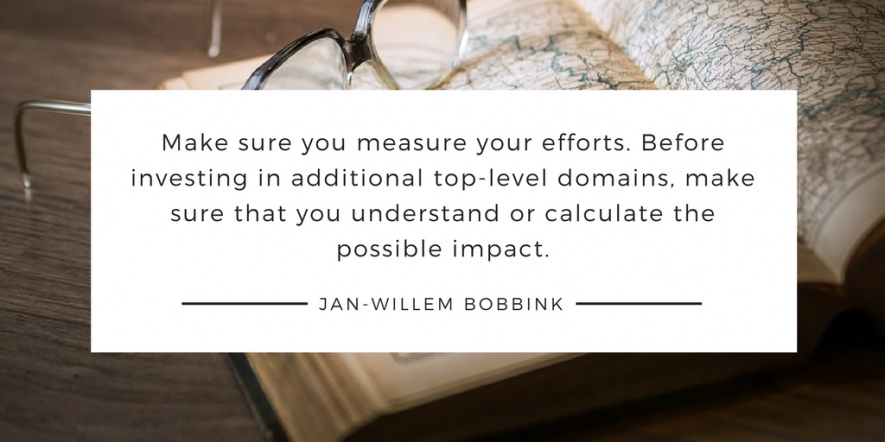
Laurent:
One best solution doesn’t exist. It's just a matter of what works best for you.
TLDs and subdomains are high maintenance, while subdirectories are very low maintenance. TLDs are the easiest in terms of branding, as they are easier to promote than subdomains or subdirectories. For building up authority, TLD has advantages, but so do subdirectories when they are attached to a main domain. For me, it's the easiest way to pass down the juice and to bring power to specific parts of your site.
But don’t base your decisions on what's easier or what works best for you. Your goal is to rank high and to convince people in different countries to buy on your website or to visit your website, and by taking the easiest path, you can miss this out.
Let's consider an example. You want to buy local TLDs. But your brand or your primary keywords are already taken. You may decide to create subdirectories, because that’s easier. But if you feel that the right choice is local TLD, then find a way to do it. Buy something different, but don't choose a different solution because there's a problem with that solution.
Hreflang implementation is very tricky and crucial to international SEO campaigns. What are some key aspects people that should know and pay attention to when dealing with hreflang tags?
Laurent:
The wrong language code — that’s what I find very often. Be very precise and pick out the correct language code according to what language you want to target.
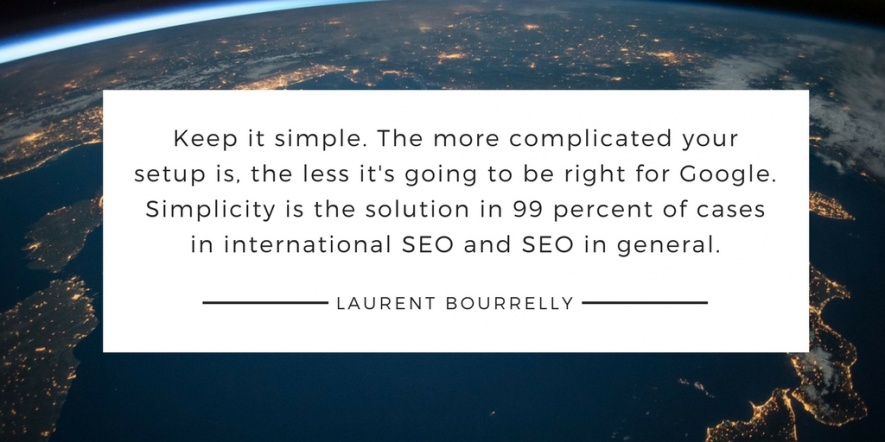
Jan:
I think the most obvious mistake is using EN-UK instead of EN-GB and so on. People consider some abbreviations to be a country code, which isn't the case. Make sure that you actually use the right ISO codes — always check.
Very often people forget to link back. Hreflang annotations need to go from one side to another, from one URL to another and back. If you’re doing international SEO and have many domains, this can be tricky.
Another issue is using the wrong URL type. Instead of using an absolute URL, or a complete URL, people use only the folders or specific parts of a URL.
The other situations happens with brands like Nike or Red Bull. Most of their content comes out in English, because the target groups are young people who know English. The boilerplate content of the page is in English, while the video or certain pieces of content, like comments and so on, can be in French. So, basically, you have multiple languages on one page. Then it would be good for Google if the owner of the site indicates the main language of the site, so Google can understand what's the actual content that a page needs to be identified for and ranked for.
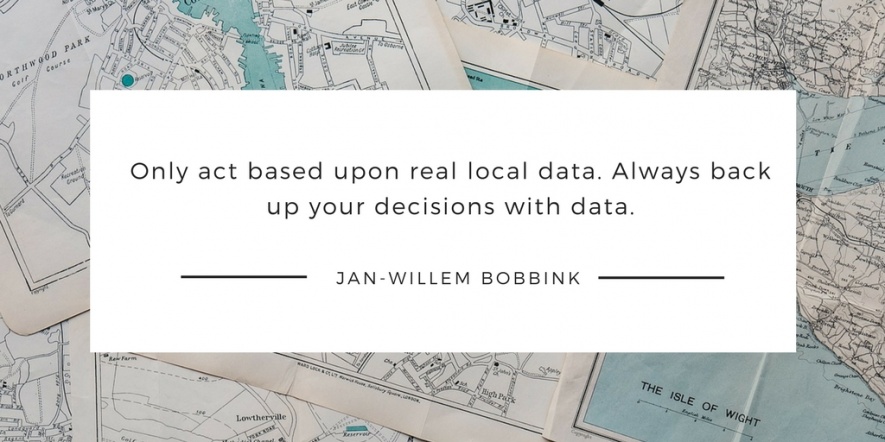
How do you account for regional differences in keyword research?
Laurent:
To me, there's only one very valid solution: take a human, someone from the country, who can lead you through all the cultural differences, because that's tricky. Even if you use the best tools, there can be something that's just weird and specific to that country and its languages.
It might happen that you pick out a local term in the right language, but within the country they are using the English version of the word instead. Let's say, in French the English term “babysitter” is used used more often than “garde d'enfants.” You've got to choose what's best for the people using your site.
A local search engine can also help a lot. You're going to have very different results if you use a local search engine rather than Google. Even if you don’t want to rank on those search engines, during the keyword research stage these engines can definitely tell you a different story rather than Google does.
Jadeep:
In India, the keyword “share market” is used instead of “stock market,” and it has a higher search number. So you should reach out to local people who can help with language intricacies. If you're an agency, you can directly ask your clients if a particular word is used in their language.
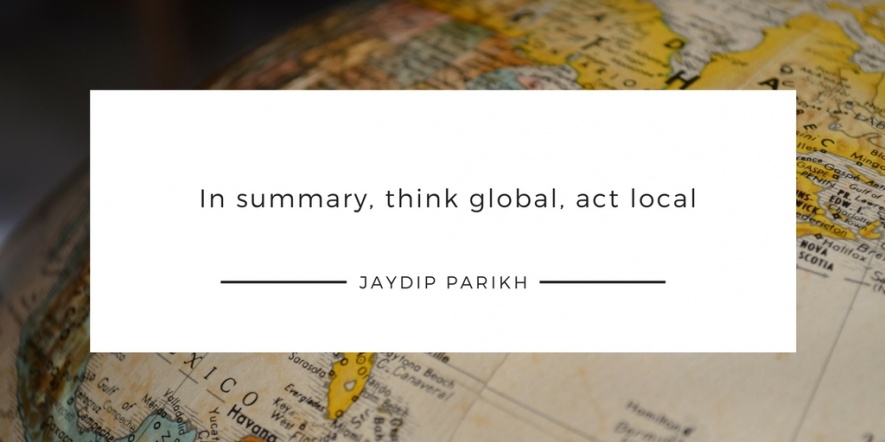
Different countries have different approaches, platforms, designs etc., and international SEO specialists must think about all these details. Are there any basic digital marketing activities or strategies that cross all borders?
Laurent:
Double check everything, because some pictures or some ways of doing things can be offensive in certain countries. Just as the cultural ways of perceiving a product might differ in Japan, or in Europe, or in Russia. One picture could get you in trouble. The name of your site could get you in trouble. Anything can be very, very dangerous for you. Even the way people navigate a site can be very different depending on where you live. Triple check everything — UX, technical aspects, the SEO aspect and content.
Jan:
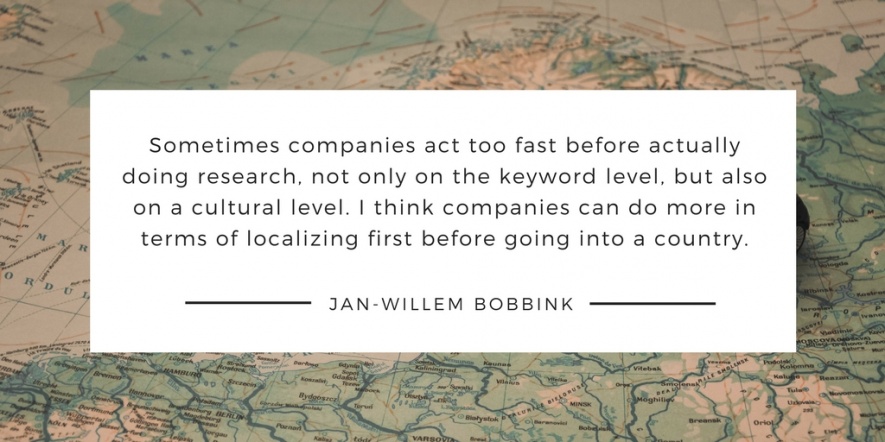
I had some minor issues when rolling out a Dutch webshop to the Belgian market. Half of Belgium speaks Dutch. But the culture is completely different. Their use of words is completely different, and the naming of the products was completely different, especially within the niche the client was. And they literally just copied the whole Dutch webshop to the Belgian market and its local extension. That’s why this shop wasn’t selling anything.
So, if you want to rank with local content, you’ll need local links. That's something you need to consider when you copy your platform to other countries too. You also need to make a plan for how you will get local links and try to understand where to get those links. Again, you need to know the local market.
Laurent:
It seems to be so much easier to pass down link juice from the main domain to a subdirectory rather than to a TLD or a subdomain. But beware. Imagine: you decided to do subdirectories, but then you’re going local and need to do local links, and you can't register in any local directories, as you don’t have a TLD. Maybe you took to take the easier path at first, but then you're going to be confronted with a very big problem — you can’t promote your website because it's not a TLD."
Hire a local agency to help you with link building. If you try to build links from abroad, they're not going to be as efficient. I recommend that you find an agency for local SEO by going to big international SEO events and taking a lot of business cards from people you meet. It's very important to know who you’re working with and to trust them.

Jan:
Let's say I need an agency in Southern America, which is far away. I can ask around in Europe during conferences if anyone knows a decent agency in Southern America. Before setting up contracts, I always check their references and local case studies. If they can’t share their clients’ cases, ask to see their own projects to show that they know the local markets. If they can't do that, ask them for examples of links you will get and examples of websites they will target.
How important is it to localize your content for cultural differences?
Jadeep:
Try to understand your market first. Help developers with your company’s landing page. For example, in an Indian e-commerce market, the CTA text “buy now” is more understandable for locals than “add to cart”. And we’ve seen a six percent increase in sales after only changing the text. Taking into account the kind of things that can help you increase your sales without doing anything extra first.
Jan:
Sometimes it's also a matter of practicality. Let's consider the French language-based site that targets both the Canadian and the French people. Shipping can be a problem. A user lands on your e-commerce product page, adds a product to their basket and then realizes that you don’t ship to Canada, or the cost will be double.
I work for a big investment company that targets the whole world, and different countries have completely different legal issues. So the company has to have local websites with local disclaimers and offerings.
The main domains of companies like Ebay or Amazon are ranking so good that sometimes Google prefers to show the main domain above localized versions. That could be also an argument against using one single domain and for making sure that you use local ones.
Do you have anything to add? Please, share your international SEO tips and strategies in comments!



